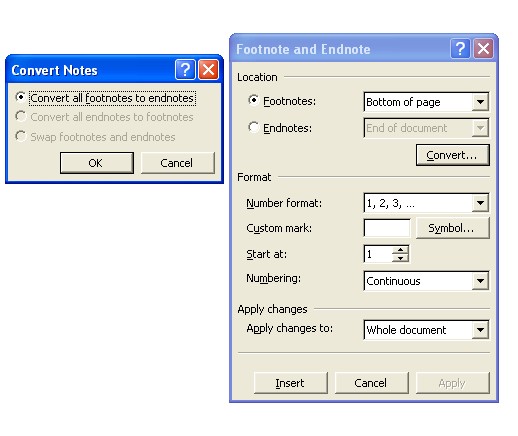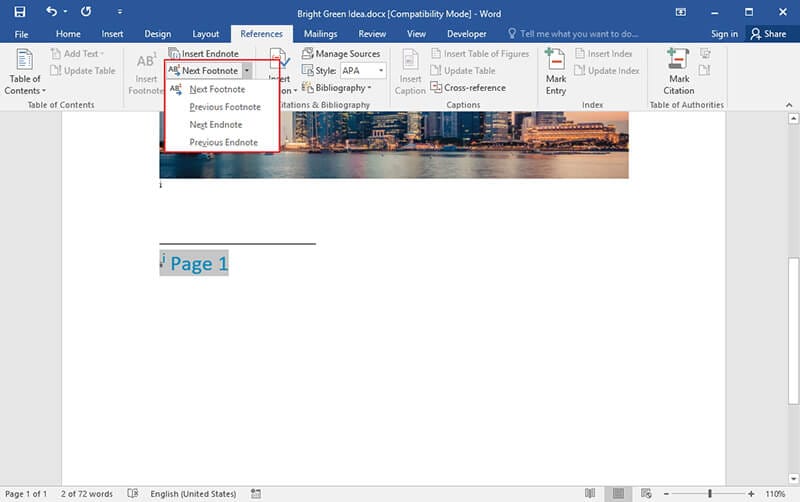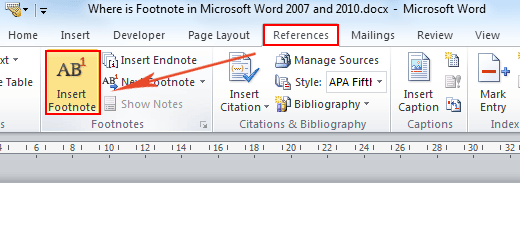
There are many ways to do this, but the easiest is to simply mark the quote with a footnote that attributes the quote to whatever resource it came from.

Quotes and attributions: If you ever include a direct quote in your paper, you'll need to cite it.Word count limits: When submitting to an academic or legal journal, for example, you may need to adhere to a maximum word count-and because these limits usually don't count footnotes, this is one way to get more of your thoughts in.Footnotes are cleaner than parentheticals. Parenthetical explanations: When you're writing a research paper or essay, you may want to expound on a point that isn't critical and without distracting readers who already know.Not sure if it's worth your time and effort to learn how to properly make and use footnotes? Here are a few scenarios where you might need to know how to do Chicago style citation in Word: Citations can be either footnotes or endnotes, but they point to references and resources rather than additional commentary or insight.Endnotes are notes at the end of an entire chapter, document, or book that serve the same purpose as footnotes without affecting page layouts.


However, a handy thing to know as you learn how to insert Chicago-style footnotes in Word is that the steps here apply to all versions of Word from 2007-2021, too. Microsoft Word 365 is a cloud-based subscription service that provides people with automatic updates as available. We'll be using Microsoft Word 365 for this post since it's simple to add and format footnotes in Word, but a lot of the concepts are compatible with previous versions and other word processors.


 0 kommentar(er)
0 kommentar(er)
